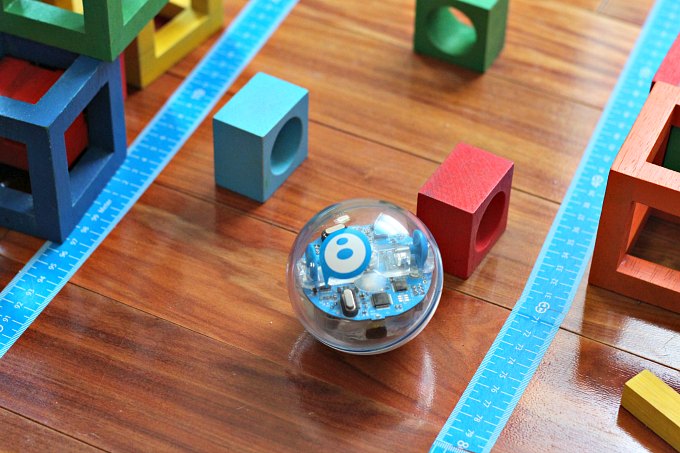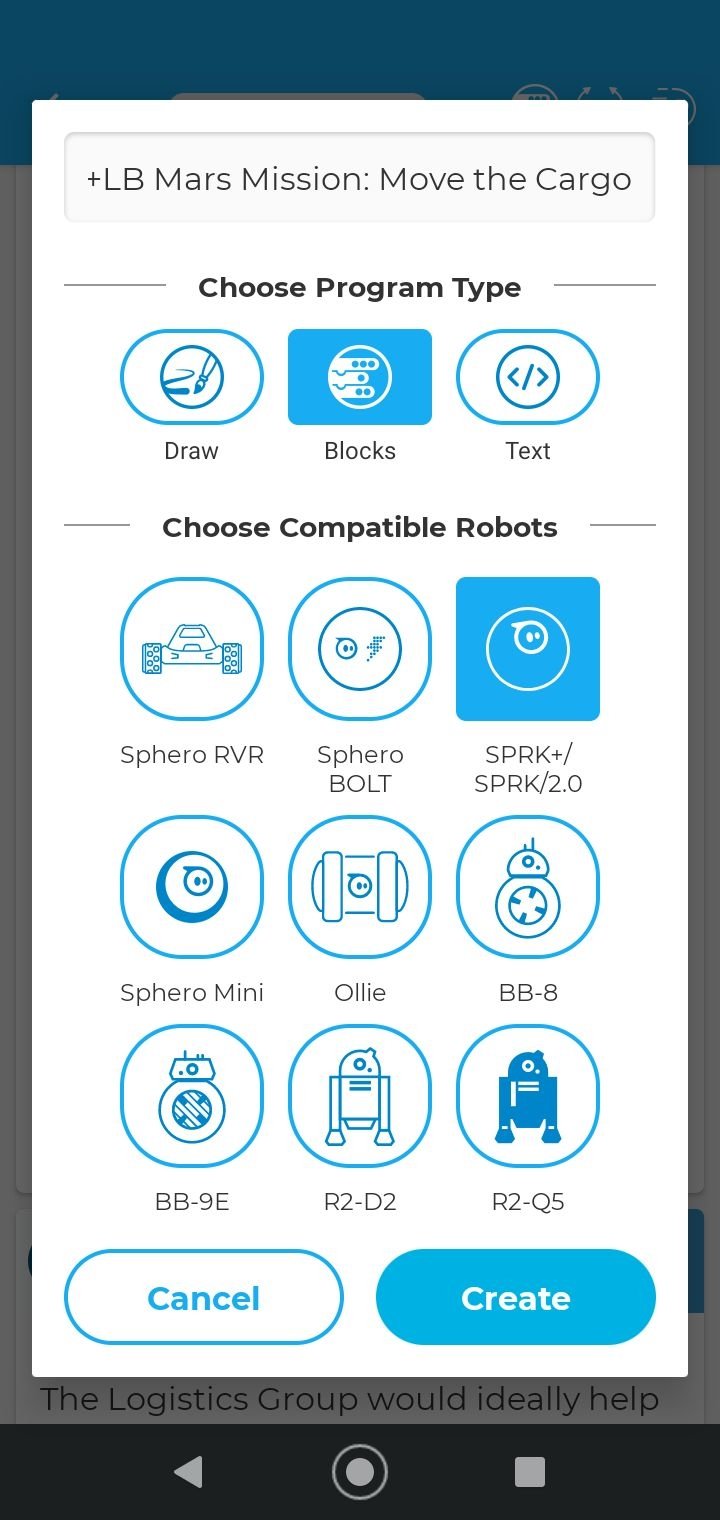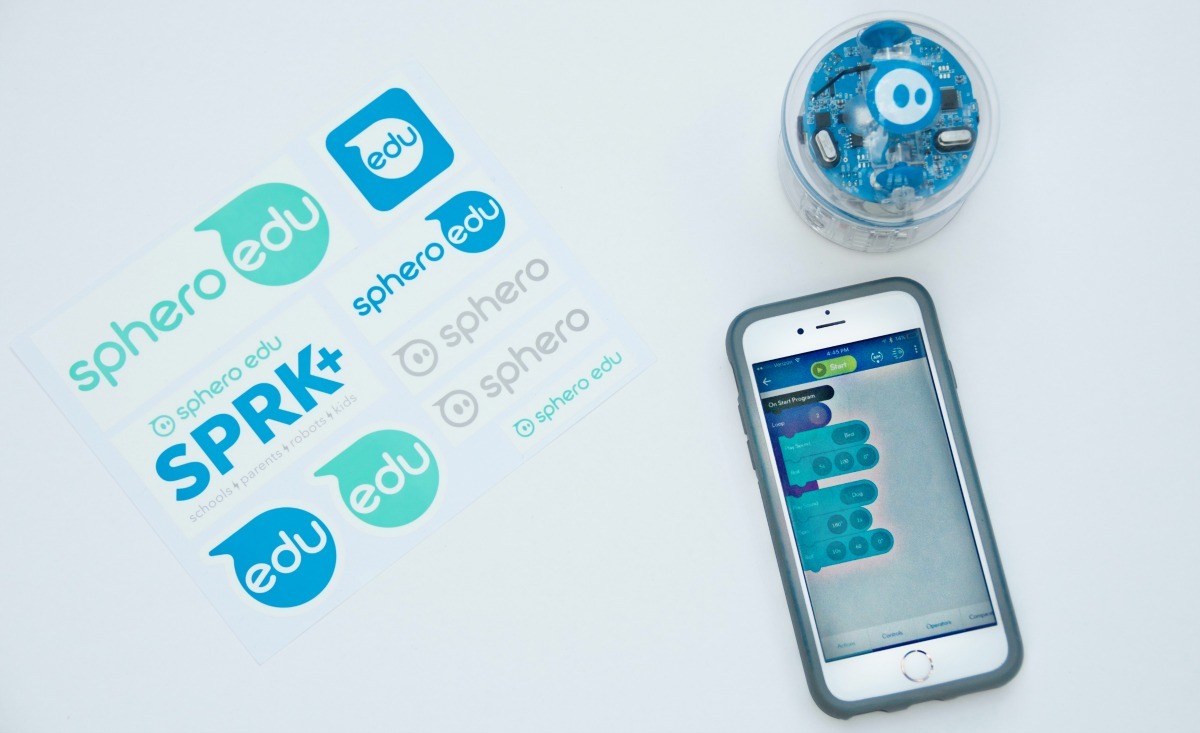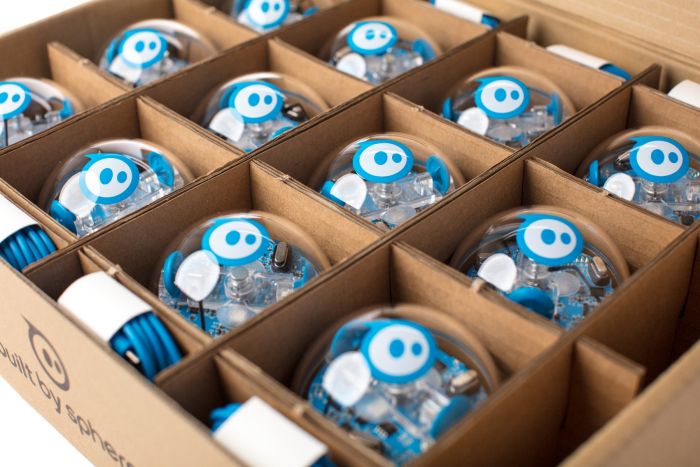
Based on a meta-model, the functional interface can be designed without prior knowledge of the underlying communication details. To reduce complexity in this concern, the authors propose the SensOr Interfacing Language (SOIL), a domain-specific programming language for sensor interface definition and exchange of metrological data.
SPHERO EDU INSTALL
It is compatible with several low cost boards such as: mBed, BBC micro:bit, ESP8266, ESP32 and Raspberry Pi using only a web browser and without the need to install any software on the device where the user develops the programming.Ī main prerequisite to applications in the Internet of Production is the integration of sensor data into an interconnected infrastructure, which in turn requires expert knowledge of sensor implementation as well as of network architecture design and communication protocols. Moreover, it does not require server side processing, so it can be deployed as a Progressive Web Application (PWA), allowing it to be used even when the computer is offline.
SPHERO EDU SERIAL
Mainly, it relies on MicroPython or CircuitPython, WebREPL, WebSockets, Web Serial API, HTML, JavaScript and Google Blockly to allow no-code programming (blocks) to be translated into Python code and then deployed to the target board. In this way, a tablet, a netbook, a Chromebook or any other device can be used to program and test several types of devices. It is fully based on web environment, so absolutely no software installation is needed on the client developer machine. It allows anyone to quickly and reliably design, program, build, deploy and monitor embedded systems, IoT devices and applications using blocks or Python based programming. BIPES is an open source software and service that is freely available through the websiteĪnd has been conceived from our experience of several years developing embedded systems and Internet of Things (IoT) applications, and teaching. Ystems, including its architecture, design and validation results. Finally, a comparison that shows the potential benefits of Azure ML tool over programmed based tool (Python), used by developers on local PCs, is demonstrated The best performance is chosen as an optimality criterion.

In the established Azure ML, the regression algorithms such as, boost decision tree regression, Bayesian linear regression, neural network, and decision forest regression are selected.

Azure ML enables algorithms that can learn from data and experiences and accomplish tasks without having to be coded. For prediction, four parameters are used as inputs: the receiver radius, transmitter radius, distance between receiver and transmitter, and diffusion coefficient, while the output is mAP (mean average precision) of the received signal. This paper applies Azure Machine Learning (Azure ML) for flexible pavement maintenance regressions problems and solutions.

Machine learning (ML) is one of the intelligent methodologies that has shown promising results in the domain. In this paper, we concentrate on one critical aspect of the MC system, modelling MC received signal until time t, and demonstrate that using tools from ML makes it promising to train detectors that can be executed well without any information about the channel model. In these cases, a new method to analyze and design is needed. However, the underlying channel models are unknown in some systems, such as MC systems, where chemical signals are used to transfer information. Analysis and designs of communication systems usually rely on developing mathematical models that describe the communication channel. Even though, the impact of incredibly slow molecule diffusion and high variability environments remains unknown.

Molecular communication (MC) implemented on Nano networks has extremely attractive characteristics in terms of energy efficiency, dependability, and robustness.


 0 kommentar(er)
0 kommentar(er)
